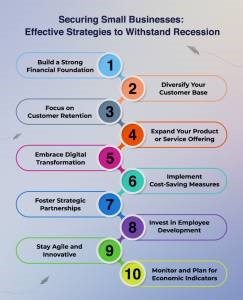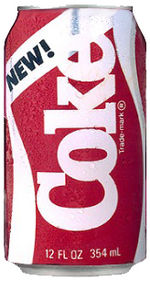When Google’s Matt Cutts made the outlandish claim that guest blogging was moribund in 2014, his comments were taken at face value within the business community. They were perhaps taken a little out of context, however, as they primarily referred to the questionable guest blogging and SEO techniques that were being used at the time.
This has been underlined by the fact that guest blogging remains enduringly effective to this day. While Google’s continuously changing and targeted algorithms have evolved to eradicate spammy SEO techniques, it remains possible to effectively market brands and acquire high authority back links through the creation of high quality blog content.
How to create a Successful Guest Post in the modern age
While guest blogging remains a viable marketing technique in the modern age, however, it is crucial that businesses adopt a strategic and informed approach to crafting individual posts for distribution. Here are the key elements that should drive your efforts: –
Your guest post should link to informative pages rather than a home page
Blogging has been in vogue for more than a decade, and it is hard to imagine a virtual world without it. When brands first started using it is a forum to build links and drive traffic, there was a clear emphasis on quantity over quality and the purchase of bulk links. These would often link directly to a branded website home page, using the type of overly optimized anchor text that would lead to a Google penalty and a significant drop in the SERP rankings.
In the modern age, this is no longer viable so there are two key areas to focus on when righting a guest post. The first is to ensure that you create a relevant and topical post, which is styled to suit the nature of the blog in question and capable of offering unique value to readers. Secondly, you must prioritize the content of the post ahead of its outbound links, as you look to target natural, website URL’s that lead to an informative blog post or a key business resource.
The second point is most crucial, as developing organic content that leads readers to a realization or outcome is far preferable to driving them to a promotional home or product page.
Each individual post should be created as part of an overall Anchor Text Strategy
We have already touched on the importance of anchor text, which is pivotal when creating a series of guest posts over time. The key is to cultivate an overarching strategy that incorporates each individual guest post, as this will optimize your chances of achieving and maintaining a positive search engine ranking. Within this strategy, you must carefully define a range of natural landing pages and viable anchor text phrases, focusing primarily on informational resources and organic sentences.
Your efforts must be driven by in-depth keyword research, which will help you to identify the key phrases that you would like your site to rank for (based on the traffic that they generate and their level of competitiveness). From here, you can create your overall strategy and apply it to individual posts, avoiding the excessive use of overly optimized anchor texts and developing a varied back-link profile over time.
The key thing to remember is the need for a driving strategy, as this will help you to create content that integrated natural anchor text and prioritizes the readers’ experience.
Pay Attention to technical aspects of content creation and distribution
With topical subject matter and an organic approach to building links with keyword phrases, you are well on your way to creating a strategic collection of guest blog posts. The final step is to ensure that you pay attention to the technical aspects of content creation and distribution, as this will give your post the best possible chance of engaging readers and driving social sharing.
In terms of content creation, statistics prove that guest posts longer than 1,500 words receive 68.1% more tweets than shorter articles. Longer-form posts also receive an average of 22.6% more likes on Facebook, and this underlines that more in-depth drives greater engagement among readers. So long as you structure your posts to enhance the reader experience, pack them with relevant information and also incorporate the occasional shorter article (for impact), extended copy can successfully drive your online brand.
On a final note, be sure to share your guest post across an integrated social media profile once it has been published. Include staple social media resources like Facebook, Twitter and LinkedIn as standard, while also utilizing image and audio-visual sites such as Pinterest and YouTube when sharing multimedia content.
Digital & Social Articles on Business 2 Community(60)







